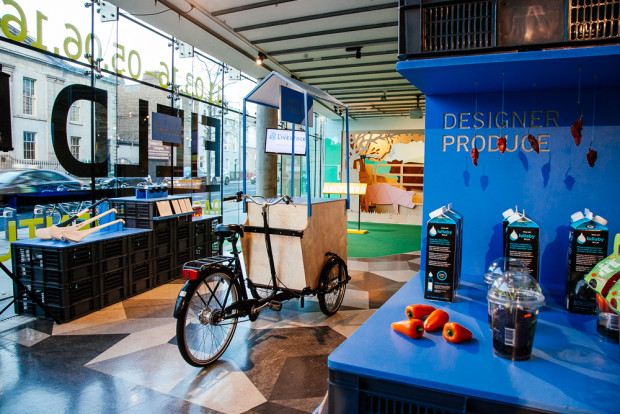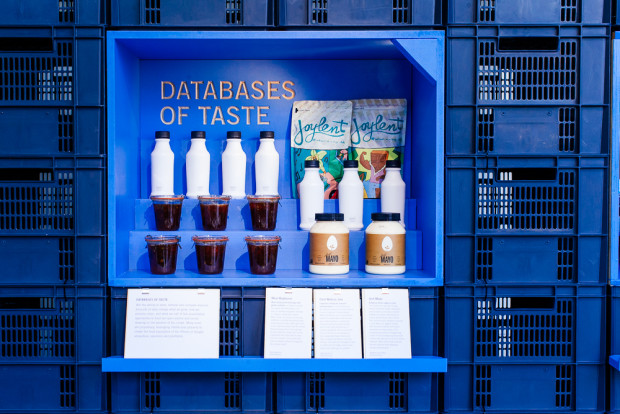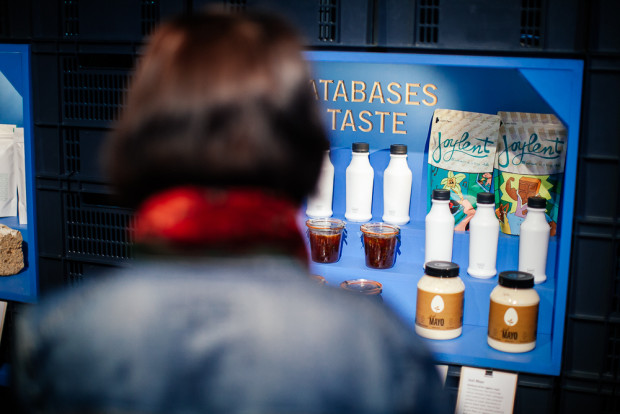Farmstand Forecast presents emerging trends and fringe products, exemplifying changes that are underway in farming, food processing, and product development.
Farmstand Forecast is laid out in the following sections:
PROTEIN FUTURES
Eating meat has changed from an occasional treat to a daily staple in the last thirty years, but our desire for lots of cheap meat has major negative consequences for human and environmental health. The human population is expected to soar to ten billion by the end of this century, and long-term thinkers are investigating alternative sources of protein. How can plant-based proteins compete with our appetite for meat?
1/ Pulses: Nitrogen fixing, plant-based proteins 2/ Ready Meals: Covertly reducing animal proteins in fast food 3/ Insects: Using food and packaging design to convert the insect-averse
HYPE CYCLE
These miracle crops are repeatedly promoted as cure-alls for global hunger, malnutrition, resource shortages and rapid population growth. Why aren’t they currently propagated and utilised everywhere? Sometimes they challenge local preferences and norms. Other times they only deliver on their promise after decades of research and refinement. And sometimes they are forgotten, only to be revived decades later. What would it take to phase in these farm fantasies?
1/ Breadfruit: Low-maintenance and high yielding tropical tree 2/ Chlorella: 1950s sci-fi food that keeps coming back 3/ Mushroom Materials: Biomaterials grown with fungi
ECO OPPORTUNISM
Many of the the disastrous environmental effects of climate change, decreased biodiversity and and the global spread of pests are known, but what unforeseen opportunities could arise? Every day, farmers observe and experiment within their local environment, but increasingly, they are confronted by long term planetary changes as well. How will human food systems creatively adapt and maintain vibrant traditions under these new conditions?
1/ Ash Wood: Endangered tree used in popular sport 2/ Jellyfish: Learning to eat the seafood that thrives during climate change 3/ Nordic Wine: Wine grapes migrate to northern latitudes







